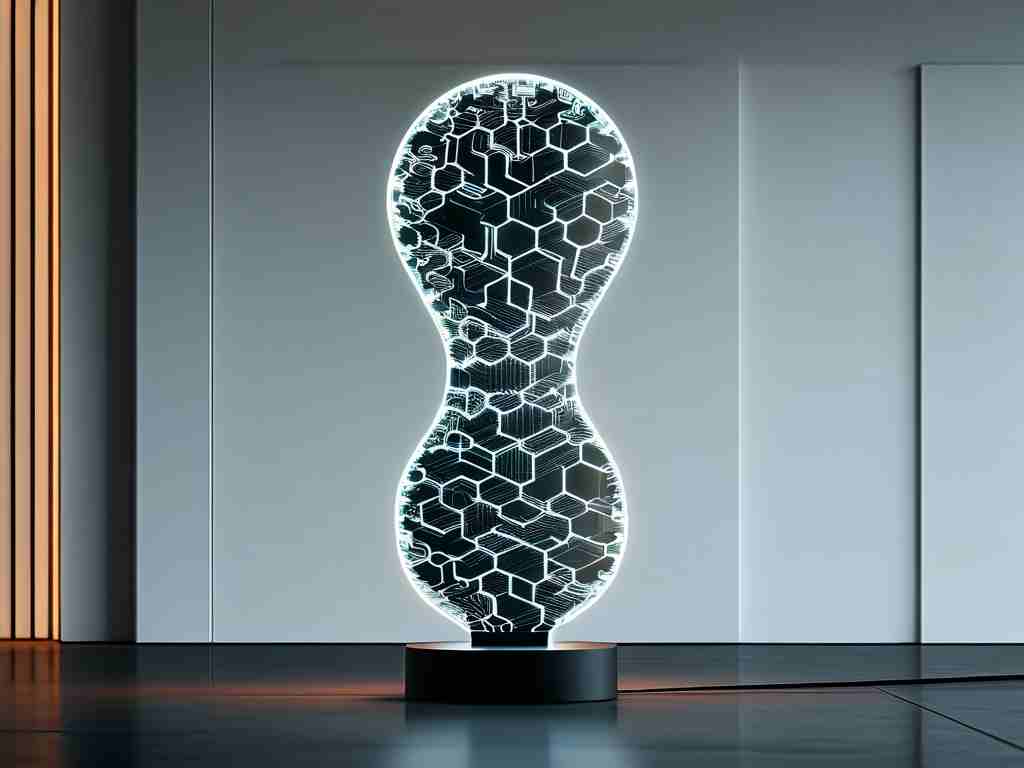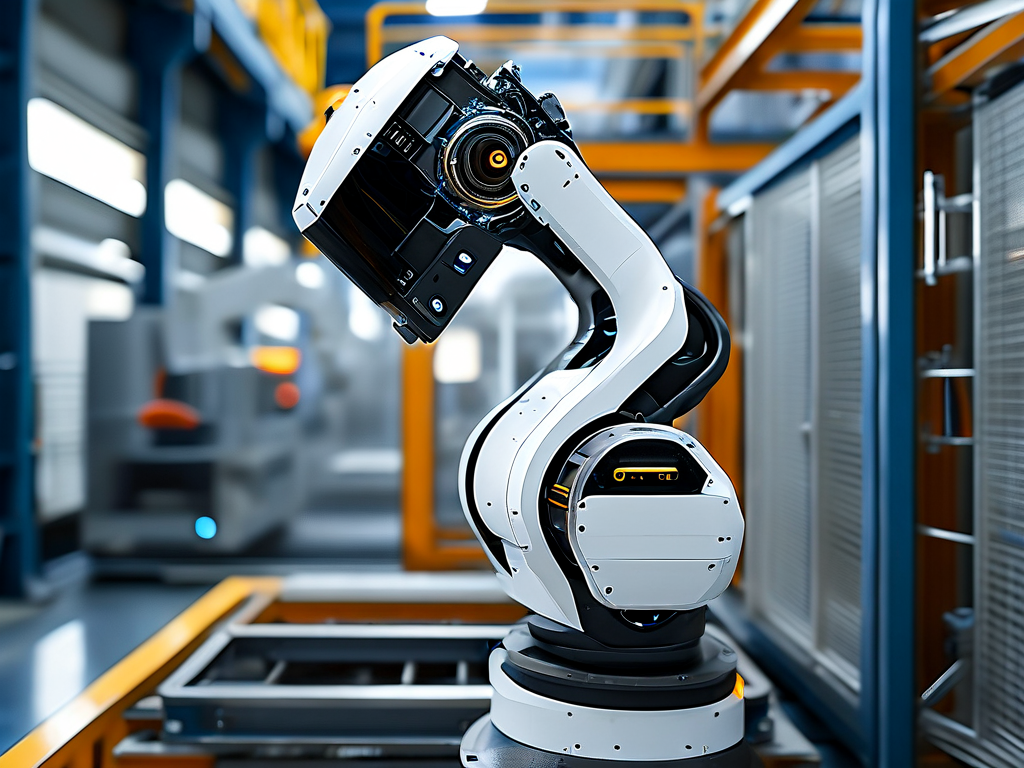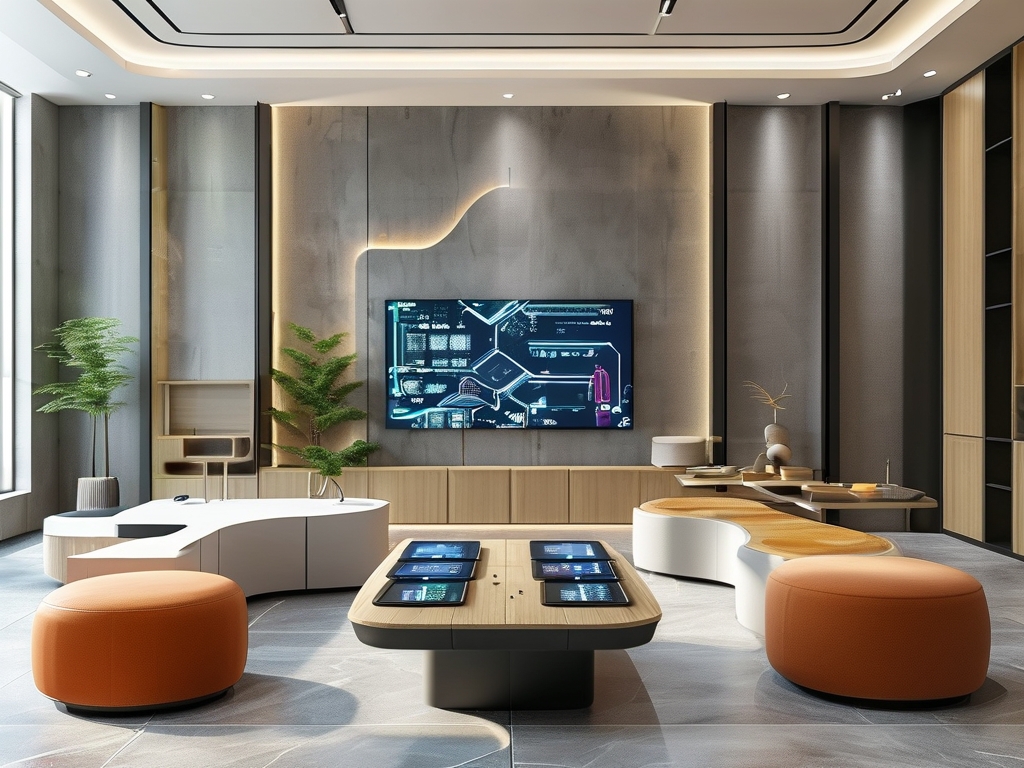The evolution of lighting technology has entered a transformative phase with the emergence of neural network-powered illumination systems. These advanced solutions, often referred to as "neural network lights," combine adaptive algorithms, sensor networks, and energy-efficient hardware to redefine how spaces are lit. Unlike traditional smart lighting that follows predefined schedules, these systems analyze environmental data in real time to optimize brightness, color temperature, and energy consumption.

At the core of neural network lighting lies a multi-layered decision-making framework. Embedded infrared sensors and cameras feed live data about room occupancy, natural light levels, and user movements into convolutional neural networks (CNNs). These networks process information through parallelized computational layers, identifying patterns such as frequent walking paths in office spaces or preferred lighting intensities in residential settings. A recurrent neural network (RNN) module then predicts future usage patterns, enabling proactive adjustments that reduce energy waste while maintaining comfort.
Industrial applications demonstrate the technology's versatility. Automotive factories in Stuttgart have implemented neural network lighting that synchronizes with robotic assembly lines. When machines operate in specific zones, the system illuminates only relevant work areas while dimming others, achieving 40% energy savings compared to conventional LED setups. The lights also detect anomalies – sudden shadows caused by misplaced tools or unusual heat signatures – triggering alerts for quality control teams.
Residential implementations take a user-centric approach. A Tokyo-based startup recently unveiled wall panels that blend ambient lighting with neural interfaces. Using non-invasive EEG sensors, the system detects occupants' circadian rhythms and emotional states through subtle biometric signals. If a user shows signs of evening drowsiness, the lights automatically shift to warmer tones and lower intensity. Morning routines trigger simulated dawn sequences calibrated to individual sleep patterns, demonstrated to improve wakefulness metrics by 22% in clinical trials.
Architectural integration presents unique engineering challenges. The Shanghai Tower's lighting retrofit required custom generative adversarial networks (GANs) to model 127-floor lighting scenarios. The AI-generated designs balanced artistic displays with practical illumination needs, using 18,000 addressable fixtures to create dynamic patterns that respond to weather changes. During typhoon alerts, the building's exterior lights project pulsating red waves visible from 5 kilometers away, serving both as warning signals and urban art installations.
Technical hurdles remain, particularly in edge computing constraints. While cloud-based processing offers robust analytical capabilities, latency issues can disrupt real-time adjustments. Hybrid architectures now deploy lightweight transformer models on local gateways, handling 80% of decision-making tasks on-device. A breakthrough came with quantized neural networks (QNNs) that compress 32-bit floating-point calculations into 8-bit integers, reducing processor load by 60% without sacrificing accuracy.
Ethical considerations are gaining attention as these systems collect sensitive spatial data. The European Lighting Standards Committee has proposed "optics-first" privacy protocols where cameras capture only silhouette outlines for motion tracking. All biometric processing occurs through on-premise secure enclaves, with data purged every 72 hours. Manufacturers like Philips and Osram have adopted blockchain-based audit trails to document every data access instance.
Market projections indicate explosive growth, with Pike Research forecasting a $34 billion neural lighting sector by 2028. However, interoperability remains fragmented. The newly formed Open Neural Illumination Alliance (ONIA) is developing universal APIs that allow different manufacturers' systems to collaborate. Early tests in Barcelona's smart city grid enabled streetlights from 12 vendors to coordinate emergency response lighting during power outages.
Future advancements may fuse neural lighting with other infrastructure. Researchers at MIT's Media Lab prototype "photonic skins" – building surfaces embedded with micro-LED arrays and tactile sensors. These systems don't just illuminate spaces but sense pressure and temperature changes, potentially revolutionizing everything from retail displays to disaster response systems. In healthcare pilot programs, neural lights track postoperative patients' mobility patterns, alerting staff to potential complications through subtle gait analysis.
The environmental impact could be transformative. Adaptive neural networks in Parisian office districts have reduced nighttime energy consumption by 53% compared to motion-activated LEDs. When integrated with solar forecasting models, the systems pre-adjust indoor lighting based on predicted sunlight availability, creating synergistic relationships between natural and artificial light sources.
As neural network lighting matures, it challenges fundamental assumptions about illumination's role in environments. No longer passive utilities, these systems become active participants in spatial experiences – modulating atmospheres for productivity, enhancing safety through predictive analytics, and evolving with user needs through continuous machine learning. The technology doesn't just light our world; it learns our world, then illuminates it accordingly.






